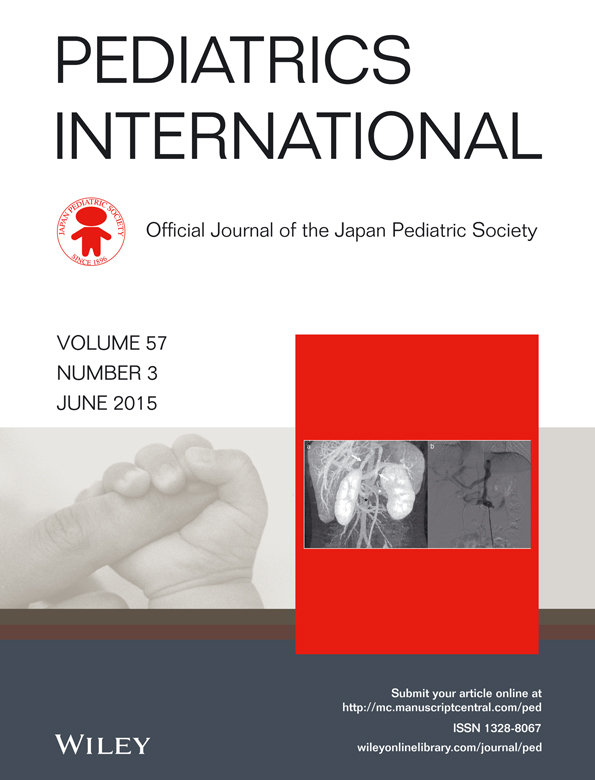Metabolic disease in 10 patients with sudden unexpected death in infancy or acute life-threatening events
Abstract
In order to determine the associations between sudden unexpected death in infancy (SUDI) or acute life-threatening events (ALTE) and inborn errors of metabolism, particularly organic acidemia and fatty acid oxidation disorders, we evaluated clinical features in patients with SUDI or ALTE. The subjects were infants between the ages of 7 days and 3 years who developed SUDI or ALTE between January 2004 and December 2013. They were then diagnosed as having inborn errors of metabolism on gas chromatography–mass spectrometry (GC/MS) and/or tandem mass spectrometry (MS/MS). The age distribution, onset forms, and clinical findings were evaluated during the acute phase. Inborn errors of metabolism were detected in three of 196 patients with SUDI, and in seven of 167 patients with ALTE. Of these 10 patients, nine had a history of poor feeding and somnolence during the neonatal period, and symptoms of infection such as cough, fever or vomiting during infancy. Routine laboratory tests during an acute phase indicated hyperammonemia, liver dysfunction, increased blood creatine kinase, acidosis, positive ketone bodies in urine or blood, or hypoglycemia. When SUDI or ALTE are encountered in the emergency unit, it is essential that a detailed medical history is taken, particularly with regard to the neonatal period, and that specific abnormalities are investigated on routine laboratory tests. Moreover, samples such as urine, serum, and filter paper blood specimens should be collected for GC/MS and/or MS/MS of organic acids and acylcarnitines, to identify inborn metabolic disorders.




